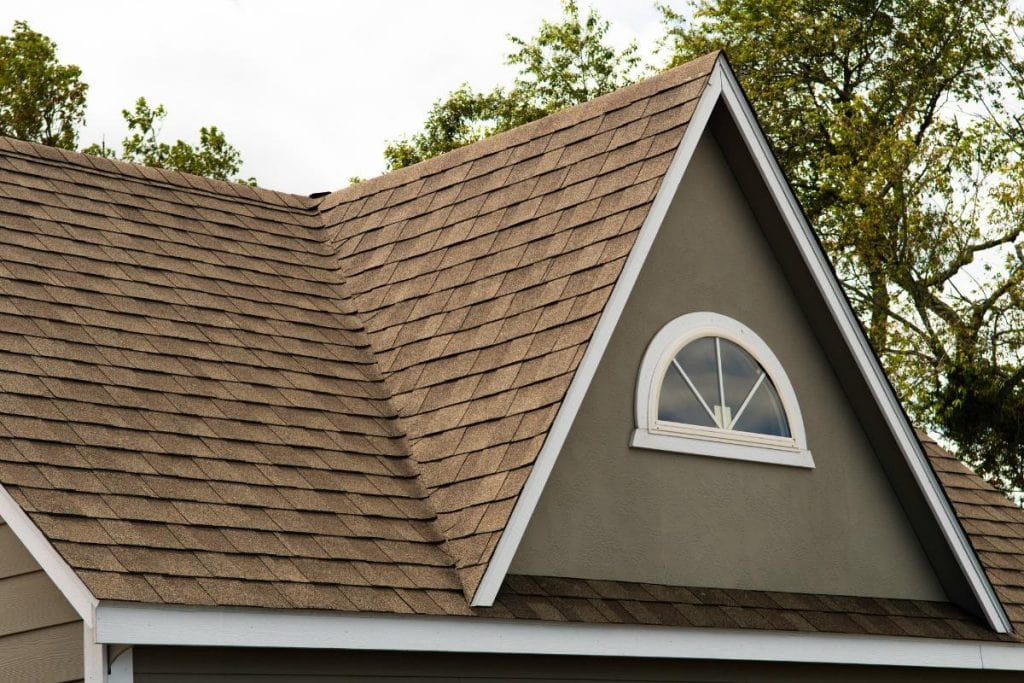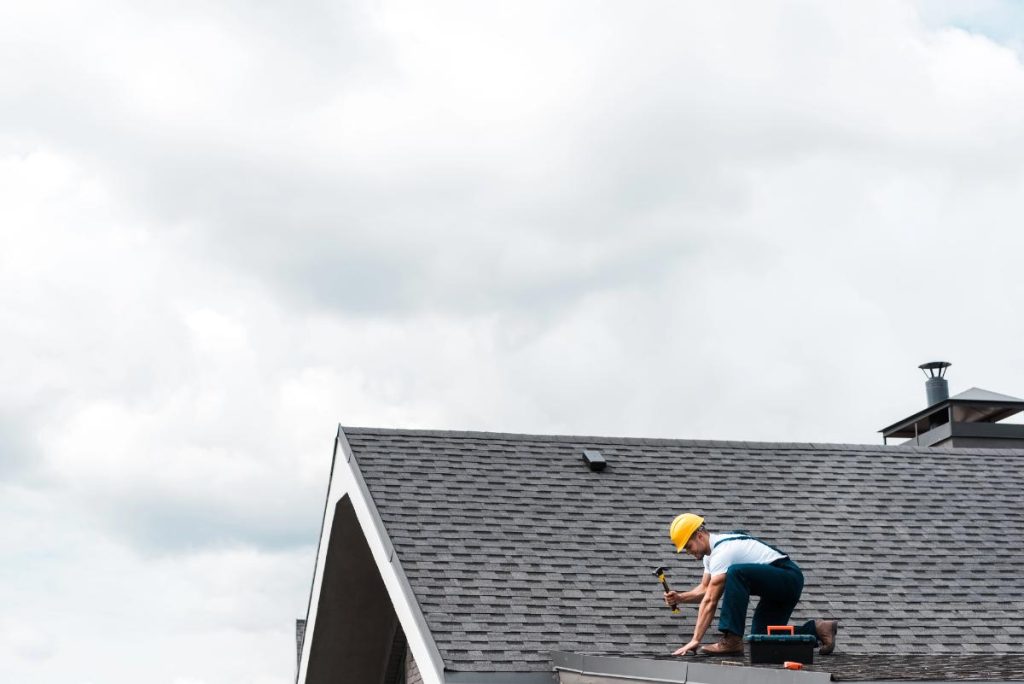When maintaining your home, your roof protects you from the elements. When issues arise, it’s crucial to tackle repairs promptly to prevent more extensive damage. Understanding the common problems associated with roofing, knowing how to inspect your roof, and recognizing when to call for professional help can save you time and money. Here are some essential tips and tricks you should follow when fixing your roof to ensure a successful project.

Common Roof Problems and Solutions
Roofs are subjected to harsh weather conditions, leading to several potential issues. One of the most common problems is leaking, which can stem from damaged shingles or flashing. If left unresolved, leaks can lead to significant damage, including mold growth and structural issues. Other prevalent problems include missing shingles, which can expose your roof, and deterioration caused by wear and tear or exposure to the elements. Always check for signs of curling or cracked shingles, as these indicate wear over time. For significant damage, it’s advisable to consult with expert roof repair professionals who can assess the extent of the damage and recommend appropriate actions. Addressing issues like these early on can prevent costly repairs later.
How to Inspect Your Roof Safely
Safely carrying out inspections requires a handful of precautions. First, ensure you have sturdy footwear to avoid slippage on roofing surfaces. Use a ladder that is stable and positioned on even ground. Start by checking for missing shingles, and paying close attention to the edges and valleys. Look for any signs of water stains or discoloration inside your home, as these can indicate leakage. While on the roof, inspect the chimney and rooftop fixtures for wear and rust. If your roof is particularly steep or tricky to navigate, consider using binoculars to spot issues from the ground, which can help you avoid dangerous climbs.
Gather the Right Tools before Starting Repairs
Having the correct tools can make a significant difference in your roofing repair. Essentials include a sturdy ladder, safety harness, utility knife, roofing nails, and sealant. Other necessary items may include a nail gun and a pry bar for removing old shingles. Before you start working, check that you have the correct type of shingles if replacements are needed. A well-organized workspace can also enhance safety and save time during the repair process. Wear safety gear, gloves, and goggles to protect against debris and sharp objects. Finally, keep a first aid kit nearby if injuries occur during your project, ensuring you’re prepared for mishaps.
Know When to Call for Help
Specific indicators suggest it’s time to leave the work to the pros. For instance, complex repairs, like those involving intricate designs or structural damage, often require specialized skills that the average homeowner may not possess. If you’re unsure about the extent of the damage or feel uncomfortable at any point in the process, it’s wise to call in professionals. If your roof is older or has never been replaced, a trustworthy roofing contractor can provide insights into whether a repair or a complete replacement would be more beneficial. Not only can they ensure the work is done correctly, but they also typically offer warranties on their repairs, providing peace of mind.
Enhancing Durability with Quality Materials
Using high-quality materials significantly influences the longevity and durability of your roofing system. Investing in well-made shingles, underlayment, and flashing can lead to fewer repairs down the line. For example, asphalt shingles are commonly used for their versatility and affordability, but premium options like metal or slate offer enhanced longevity. Choosing energy-efficient materials can contribute to lower utility bills. Consult roofing professionals to determine the best materials for your climate and specific home conditions. Avoid rushing into purchases; compare different options to ensure you’re making a well-informed decision.
Financing Your Roof Repairs
When budgeting for roof repairs, it’s essential to account for all potential costs to prevent financial strain. Begin by obtaining cost estimates from multiple roofing contractors to gauge the average market prices. Ensure you ask about hidden fees, which may not be included in the initial quote. Many homeowners explore financing options that allow them to spread costs over time. Specific programs or grants may also be available for energy-efficient upgrades or significant repairs. Don’t hesitate to inquire about any promotional financing offers your contractor may have. A financial plan will enable you to make informed decisions without pressure from unexpected financial burdens.

Your roof is one of the most critical components of your home, and understanding how to maintain and repair it is vital. You can effectively manage your roofing needs by learning about everyday problems and solutions, ensuring safety during inspections, gathering the right tools, and knowing when to seek professional help. Regular maintenance, quality materials, and adherence to regulations will significantly impact the overall health of your roof. Finally, creating a clear financial strategy ensures you can address any repairs without stress. Embracing these tips will help maintain the integrity of your home.
